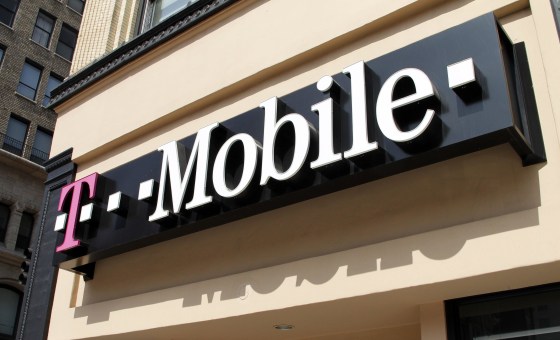T-Mobile has been shaking up the wireless industry since it officially killed off two-year contracts with the debut of its Simple Choice Plan last March. Now, a year later, the carrier is rolling out a revamped version of Simple Choice that gives users double the high-speed data (1GB) and unlimited international texting from the U.S. for the same $50. However, unlimited data now costs more.
Simple Choice offers a lot more data than AT&T and Verizon for just a little bit more money. AT&T’s Mobile Share Value plan starts at $45 for a measly 300MB, while Verizon Charges $55 for 250MB. That’s four times less data than T-Mobile’s offering. Sprint’s Framily plan costs $65 for 1GB, but that can go as low as $25 if you have 10 users on your plan.
MORE: 10 Things You Did Not Know Your iPhone Could Do
Unfortunately, unlimited data on T-Mobile has gone from $70 to $80 per month. You get 5GB of data now at the $70 tier. On the plus side, the unlimited plan includes 5GB of tethering. Before you were limited to 2.5GB.

In the 1GB tier, T-Mobile seriously undercuts the competition. Under AT&T’s Mobile Share plan, users would pay $85 per month for unlimited talk and text and 1GB of shared data. Sprint customers would pay $50 for an Unlimited, My Way plan with unlimited talk and text plus an additional $20 for 1GB of data for a total of $70 per month.
Verizon users would pay $40 for 1GB of data with unlimited talk and text and another $40 for a monthly line access fee, bringing your monthly total to $80.
Though T-Mobile’s new offering is compelling, the carrier is still playing catch-up with AT&T, Sprint and Verizon in terms of 4G LTE deployment. Currently, T-Mobile has 273 LTE markets covered, while both AT&T and Verizon blanket more than 500 markets. Even Sprint surpasses T-Mobile with 382 LTE markets.
Separately, a recently released six-month study performed by RootMetrics.com found that T-Mobile offered the worst network quality of the Big Four U.S. carriers. However, T-Mobile’s outspoken CEO disputed RootMetric’s report, saying that it didn’t take into account the carrier’s most recent expansion efforts and LTE upgrades.
— Daniel P. Howley, LAPTOP
More from LAPTOP:
